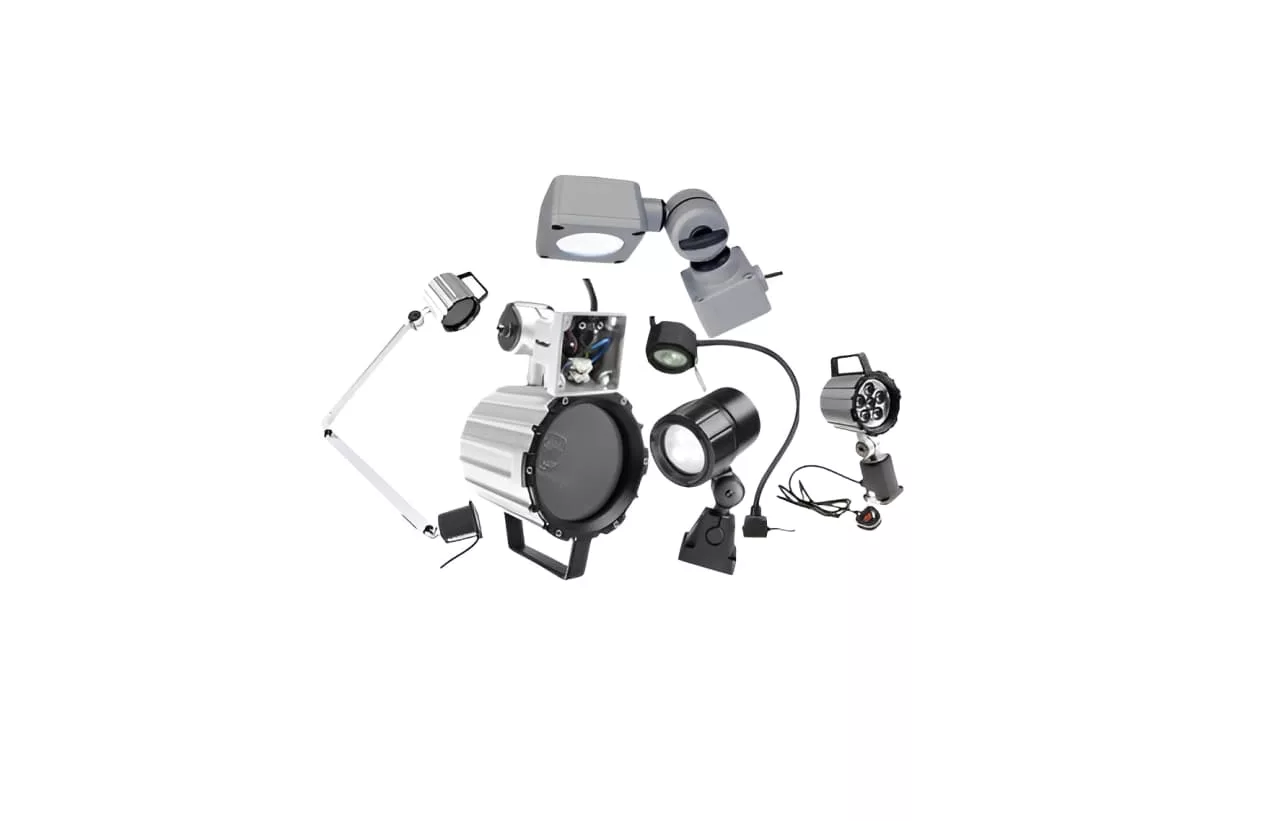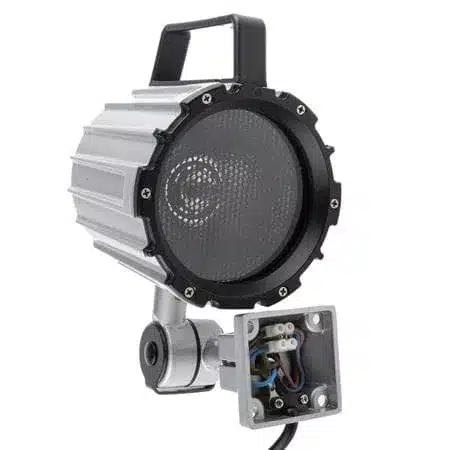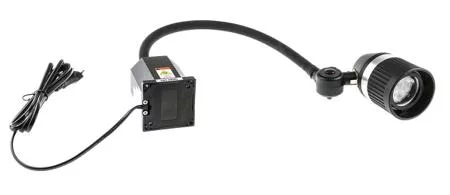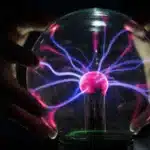
Introduction
In today’s fast-paced and modern industrial landscape, efficiency, precision, and safety are paramount. Proper lighting in industrial settings is significant in achieving these goals. Machine lights, specifically designed for industrial environments, are essential lighting tools that significantly enhance operations across various sectors. These lights play a pivotal role in optimising productivity and minimising errors in operations. This article elucidates the importance of machine lights, exploring their types, advantages over standard lighting, and the industries that benefit most from their implementation.
What are Machine Lights? Definition and Purpose
They are also called industrial work lights or machine vision lights, are robust lighting fixtures designed to illuminate specific machines and instruments within industrial settings. They are built to withstand tough industrial conditions, including exposure to vibrations, chemicals, extreme temperatures, and dust. The fundamental purpose of installing machine light is to provide focused and adjustable illumination, enabling operators to see intricate details of machinery and processes clearly. With a focused light, these fixtures allow workers to perform tasks with robust accuracy, reducing the risks of accidents and enhancing overall productivity. Additionally, these lighting sources integrate different lamps, including fluorescent, halogen, and LEDs, in various mounting configurations.
Why Do You Need Machine Lights in Industrial Settings?
Machine lighting are essential for optimising industrial operations due to several key factors. They enhance visibility, allowing workers to clearly see details and perform tasks with greater accuracy, especially in dimly lit or complex machinery setups. This improved visibility directly translates to increased productivity and reduced errors, minimising rework and waste. These lights also contribute significantly to workplace safety by illuminating potential hazards. They contribute to enhancing quality control processes and enable inspectors to identify defects, inconsistencies, and other issues more easily, leading to higher-quality products. In addition, machine lights facilitate a more comfortable and less fatiguing work environment, improving worker morale and overall performance.
Exploring the Most Common Types of Machine Lights
They come in a variety of types based on their light source, colours, and styles. The choice of machine light depends on the specific application requirements, the desired level of detail, and the environmental conditions. Some standard types include:
LED Machine Lights – LED lights are energy-efficient and long-lasting fixtures available in various colours and intensities. They are a popular and cost-effective choice due to their low maintenance needs and providing bright, focused light.
Halogen Lights – Halogen machine lights are known for their bright, white light output. They are often used in applications requiring high colour rendering. However, they have a shorter life expectancy and consume more energy than LEDs.
Fluorescent Lights – These lighting sources offer a diffuse light output and are suitable for illuminating larger areas. While energy-efficient compared to halogen, they are gradually being replaced by LEDs.
Fiber Optic Lights – They utilise thin strands of glass or plastic to transmit light. They are ideal for tight spaces and applications requiring precise light delivery.
Adjustable Arm Lights – Also called gooseneck machine lights, they are designed to be mounted on flexible arms, allowing easy repositioning and focusing of the light. These are commonly used for individual workstations.
Machine Vision Lights – These lights provide consistent and controlled illumination and are specifically designed for machine vision systems. A machine vision light is used to analyse intricate machinery and systems for detailed work.
Spotlights and Task Lights – These provide focused lighting for specific tasks, improving precision and visibility in operations requiring close attention to detail.
Machine Lights vs. Standard Lights: What’s the Difference?
They differ significantly from standard lights in terms of design and functionality. Standard lights provide general illumination, while machine lighting offers targeted and intensified light that is crucial for industrial tasks. Standard light sources are typically designed for ambient lighting, focusing on illuminating a broader area. They often lack the precision and intensity needed for detailed work or machine operation. Machine vision lights, on the other hand, are built to provide focused light for industrial machinery and spaces exactly where it’s needed, minimising glare and shadows. They are also built to withstand the rigours of industrial environments and are more durable and reliable than standard lights for industrial applications.
Industries that Benefit from Machine Lighting
Multiple sectors benefit from the use of machine lights, including:
Manufacturing Industry: For assembly, inspection, and machine operation.
Automotive Sectors: For production line illumination and quality control.
Aerospace: For precision assembly and inspection of complex components.
Electronics Manufacturing and Repair: For detailed work on circuit boards and other small components.
Medical Device Manufacturing: For precise illumination during surgical procedures and device assembly.
Food and Beverage Industry: For inspection of products and ensuring food safety.
Final Thoughts
Machine lights are indispensable lighting tools for modern industrial operations. Their ability to enhance visibility, improve safety, and boost productivity makes them a critical investment for any company seeking to optimise its processes. With so many varieties available, businesses can choose the ideal machine vision lights to meet their specific needs and reap the numerous benefits they offer.























